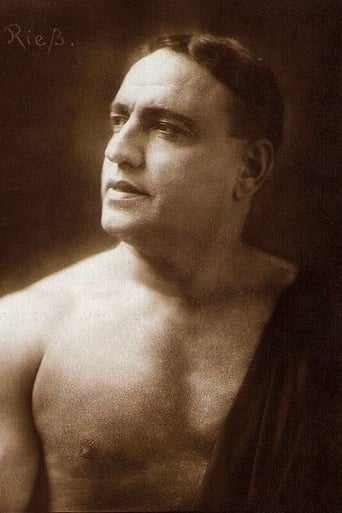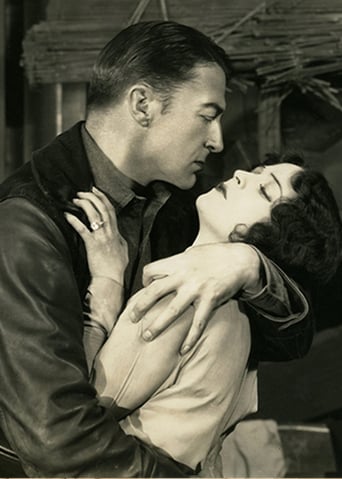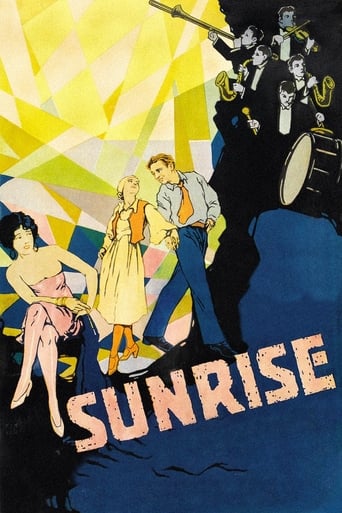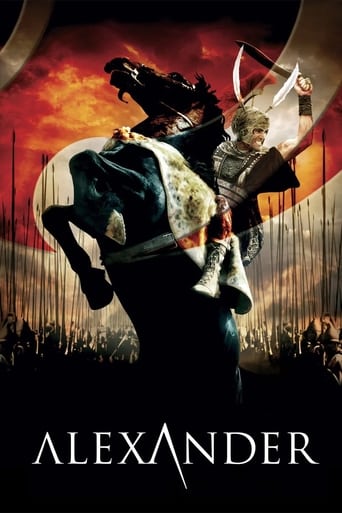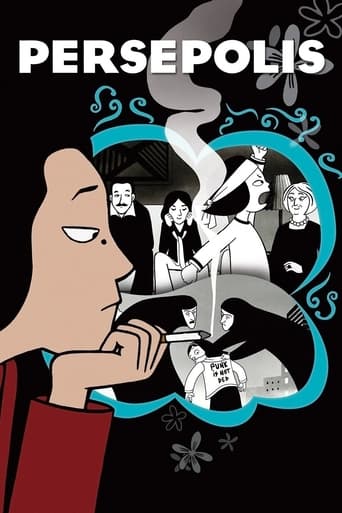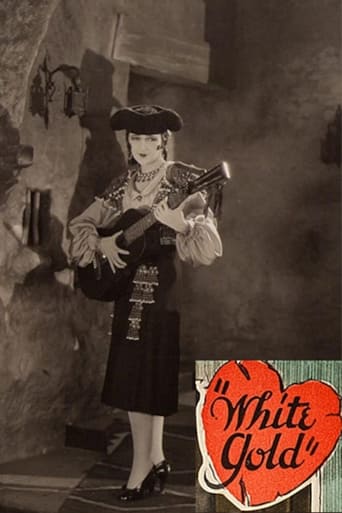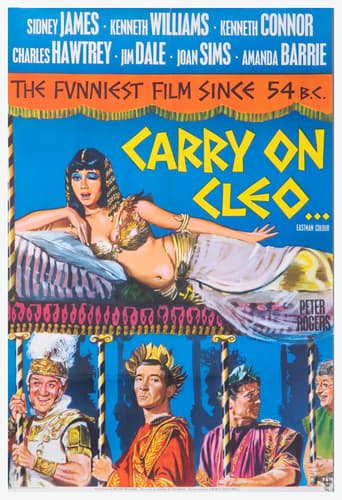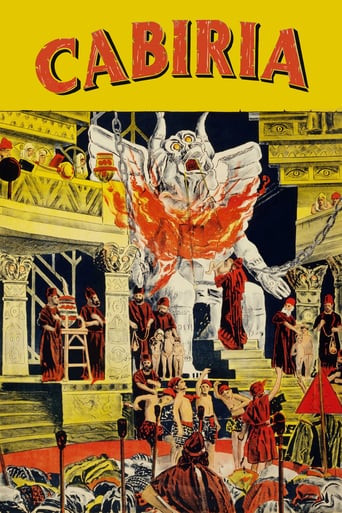

Cabiria (1914)
Young Cabiria is kidnapped by pirates and sold as a slave in Carthage. Just as she's to be sacrificed to Moloch, Cabiria is rescued by Fulvius Axilla, a good-hearted Roman spy, and his powerful slave, Maciste. The trio are broken up as Cabiria is entrusted to a woman of noble birth. With Cabiria's fate unknown, Maciste punished for his heroism, and Fulvius sent away to fight for Rome, is there any hope of our heroes reuniting?
Watch Trailer
Cast
Similar titles


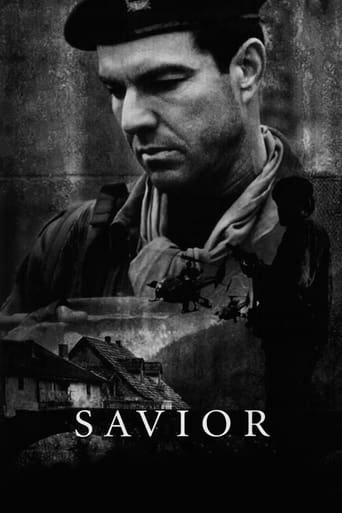
Reviews
Absolutely the worst movie.
it is finally so absorbing because it plays like a lyrical road odyssey that’s also a detective story.
This is a coming of age storyline that you've seen in one form or another for decades. It takes a truly unique voice to make yet another one worth watching.
The film never slows down or bores, plunging from one harrowing sequence to the next.
It's amazing how fast cinema progressed--only about twenty years ago, films were new and consisted of no plot at all--not only this, they were only about a minute long each! Now, here in 1914 we're witnessing a 2-hour spectacle by the Italian filmmaker Giovanni Pastrone that is so sophisticated that at times it gets rather confusing. There are a couple special effects here and there as well as great sets and cool costumes, and put together we've got a pretty fascinating film that met with great success.Despite the title, however, Cabiria is certainly not the main focus here; in fact, we don't even see her for half the film. There are all these different story lines that merge into one as the film continues. While very watchable today, some viewers will find it confusing and a bit dull--but that's only because most people can't sit through two hours of silent film. Probably the film's main issue in terms of story-telling is that it is a little hard to follow. We switch locations constantly, and here and there they throw in pieces of history. Closeups are included, but many of the shots are medium length. What really makes it groundbreaking is its use of panning shots. Panning such as this was rarely used even by 1914 and at times we seem to be approaching the characters which is something I believe I've never seen before in the silent era.Cabiria, the young girl of the title, and her nurse, Croessa, are quite happy when a volcanic eruption of Mt Etna occurs which forces the village to retreat. Pirates discover them, they are sent to become sacrifices for Moloche. But, by the help of two Roman spies, Cabiria is saved--and after this little is heard of her. As for the rest of the movie, we've got all these other story lines and then they eventually build up to the finale.Like I said, a tad confusing at times, but amazing for 1914 and you can see what they mean when they say Griffith turned "The Mother and the Law" into "Intolerance". A real step forward in filmmaking.
Without Gabriele D'Annunzio's florid commentary this film would have been substantially shorter, while the hammy "silent film" acting and melodramatic storytelling lags far behind Scandinavian cinema of this period. But technically this super-production from Italy otherwise blazes a colossal trail that plainly led the way for the silent spectacles of Griffith, DeMille and Lang, while the sense of fun of the action scenes (particularly a scene depicting the formation of a human pyramid to scale a wall) anticipates Fairbanks at his jauntiest. Beginning with the eruption of Mount Etna (and a lot of toppling pillars) the pace never lets up. Next comes a truly hair-raising scene depicting infants cast into the flaming maw of a statue of Moloch (whose Temple - with three round windows that make it's façade resemble the face of an enormous spider - is one of the many deliriously stylised designs that obviously inspired the German historical epics of Lang and others during the early twenties); while later we see Archimedes gleefully incinerating the Roman fleet with history's first death ray during the Siege of Syracuse. Throw in the boisterous crowd scenes and graceful tracking shots director Pastrone innovatively employs throughout (far more elegant than Griffith's work of the same period) and we have the template for the historical epic as it existed for the next half-century.'Cabiria' also marks a major advance in the use of special effects that marks a decisive break with the trick films of Georges Méliès. Skillful use is made throughout of double exposures to make the action and the locations look even grander in scale than they already are (such as Hannibal crossing the Alps). And there is an additional bonus in the form of an extraordinary dream sequence that anticipates by ten years Walter Ruttmann's 'Falkentraum' sequence in Lang's 'Die Nibelungen'.
1914 was quite a year. Charlie Chaplin made his film debut, WWI began -- and set the stage for a lot of what happened in the 20th century -- and my great-grandparents immigrated to the United States (sorry, I couldn't resist adding that last one).But that year also saw the release of Giovanni Pastrone's "Cabiria". This epic depicts the kidnapping of a Sicilian girl following an eruption of Mt. Etna, her sale into slavery in Carthage, and a Roman nobleman's quest to rescue her. It's like nothing that you've ever seen before.The movie has drawn controversy due to its depiction of the Romans as pure and the Carthaginians as monstrous (thereby glorifying the idea of Italian supremacy). To be certain, producer Gabriele d'Annunzio's ideology influenced Benito Mussolini, although d'Annunzio had no actual association with Il Duce.Regardless of that, the movie is still a fun -- and visually breathtaking -- romp. Maciste got his own series of movies. The ones immediately after "Cabiria" starred Bartolomeo Pagano, and then there was a new series in the 1960s.Anyway, really cool!
The splendid set design back in 1914, which would obviously influence Griffith's Intolerance a few years later, is worth watching. Other than that, as a work in the dawn of film history, Cabiria inevitably suffers several flaws. Comprising exclusively medium and long shots (with absolutely no close-ups), the film should have relied on engaging storytelling, but it just progresses tediously. As a title role, Cabiria should have appeared on the screen more, but she serves as a catalyst and stays behind the scene for most time.Versatile solo piano on the soundtrack (which is, according to the credit of "1990 alternate version" I watched, "Piano Score recorded by Jacques Ganthier, based on the original 1914 score," which I assume is composed by Manlio Mazza) imitates Classical composers in various eras, from Bach to Beethoven to Schumann to Brahms to Debussy, and is quite enjoyable by itself.

